Take a Nature Walk With Me in My Backyard
A few of the wild things you can find in a suburban ecological garden.
Every time I step out my back door, it feels less like a suburban backyard and more like going on a nature walk. For over a decade, I’ve been on a mission to turn my garden into a tiny nature preserve filled with a diverse collection of flora and fauna. This process has taught me that you don’t have to drive to a trailhead or a park to “get out in nature” or go on a nature walk if you’ve put in the steps to create an ecologically diverse backyard and garden. The wildlife will come to you.
And even though I’m surrounded by large patches of manicured turf grass lawns, my little garden is an island that hosts an array of fascinating insects, plants, and animals.
One of the most read pieces I’ve written was about how I completed the National Wildlife Federation’s Garden for Wildlife certification program which officially marked my property as a certified wildlife habitat.
Completing those steps is a process that will push you to think differently about your space, to plan for shelter, water, food, and nesting sites just as much as for vegetables and fruits. That certification sign now sits proudly in my yard as a reminder: this garden isn’t just for me.
So come along with me on a nature walk. Here’s just a small glimpse of a few things I spotted on a recent morning walk with my camera right outside my back door.
Cicadas
All summer I’ve listened to the songs of the cicadas in the trees and shrubs in my garden. They’re one of our most amazing insect musicians. This time of year, their buzzing is the soundtrack of late summer. I finally had the chance to photograph one.
Growing up in rural Oklahoma, we called them “locusts.” It wasn’t until I was older that I learned they’re really cicadas, not locusts at all. I’ve heard other people, including my husband call them locusts too.
I did some reading and it appears as thought that’s mostly a historical mix-up. Early European colonists in North America heard the mass emergences of cicadas and thought of the locust plagues (which are actually grasshoppers). The name stuck in rural areas and has been passed down through generations. So even though cicadas and locusts are totally different insects, “locust” became the common nickname in the U.S. countryside.
Praying Mantis
I am always amazed by these insects and so excited to see one. Every year I find them hunting in the garden. They are so good at finding niches among the herbs, flowers, and vegetables. Or they may just be found hanging out on the kitchen window or back door.
Without plants to attract prey insects, mantises wouldn’t linger here. But because I’ve shaped this garden as a habitat, they do. They’re so acrobatic the way they move from plant to plant. I love watching them do their little dance before they jump or pounce on their prey.
Monarch Caterpillars
Monarchs have long been my garden companions both as adult butterflies and their caterpillars on the milkweed plants I grow just for them. On this walk, I found two: one was alive and feeding, and I hope it makes it to adulthood to continue the journey south.
But I also came across another, in the grips of an anchor stink bug in the act of predation. It wasn’t easy to see. I just hate to see monarchs not make it since there are so few of them left. But it’s all part of the balance that makes an ecological garden a true ecosystem. Predators and prey, pollinators and parasites. The whole cycle is here, just a few steps from my back door.

Frogs
Almost every nature walk around the garden includes a frog or toad sighting. Earlier in the year it was the toads. Right now it’s tree frogs and leopard frogs. We have two small water sources or tiny “frog ponds” we’ve tucked into the garden to offer water and cover for amphibians.
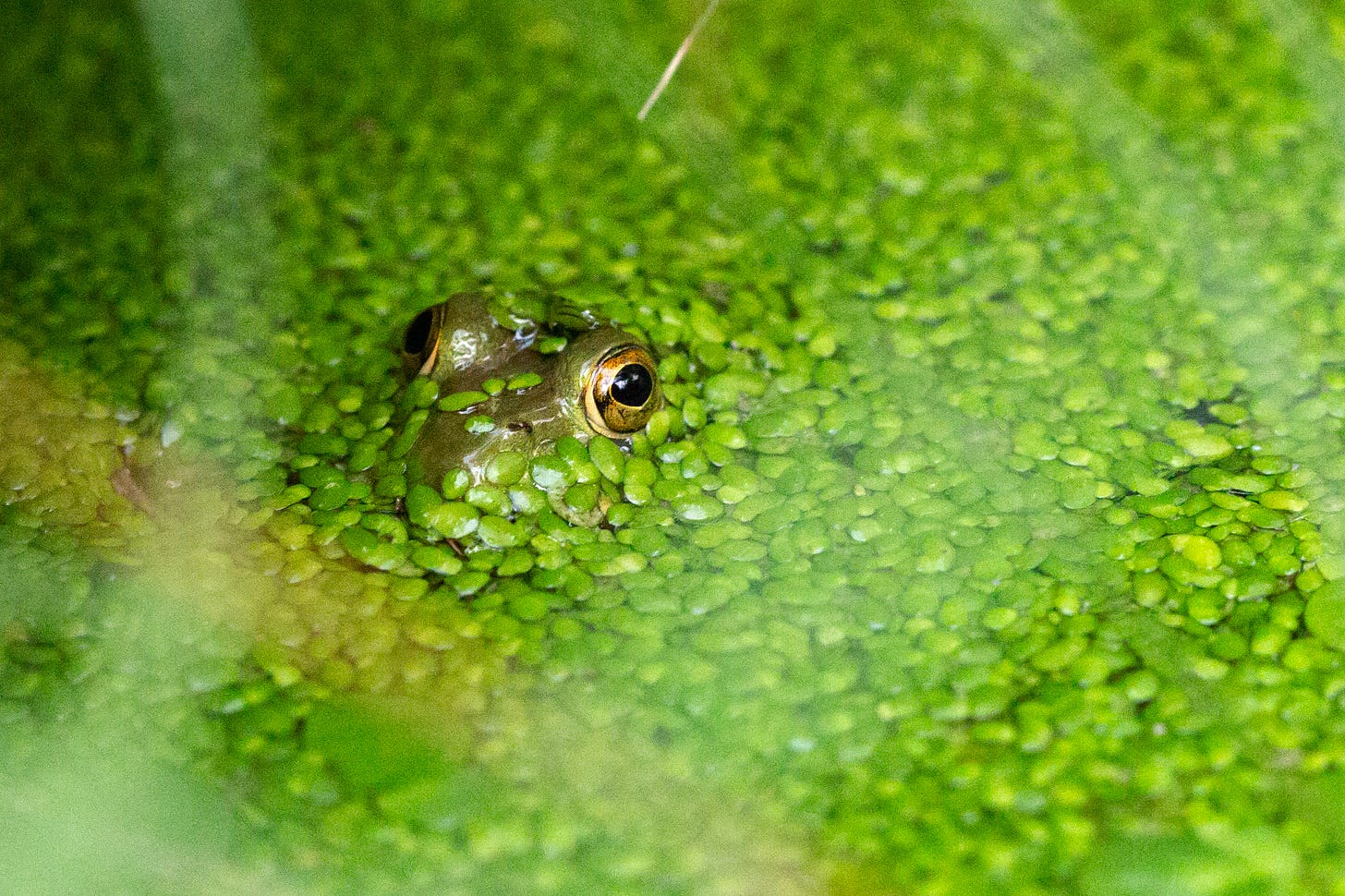
Frogs are an indicator species meaning an organism whose presence, absence, or abundance reflects the overall health of the environment. Because indicator species are especially sensitive to changes in water, air, or habitat quality, scientists (and observant gardeners) use them as a kind of biological “check engine light” for the ecosystem.
I wrote more about this as well as how to set your garden up as a haven for frogs and toads here.
Flowerpot Parasol Mushrooms
A lot of mushrooms come up in various places around the yard and garden. Right now in some of my fabric flower pots, a cluster of bright yellow mushrooms keeps popping up every day. At first, they look like little knobs pushing through the soil, then they fan open into delicate umbrellas, some coming out of the pot edges.
They’re just doing their thing, recycling organic matter. I looked them up and they’re called Flowerpot Parasols: very fitting! Fungi are a big part of this little nature preserve too, breaking things down so other life can thrive.


Nature Walks Every Day
Maybe this is the truest definition of an ecological garden: a place where you don’t have to go anywhere special for a nature walk. You just step outside, and the surprises come to you. My little suburban backyard has become a small nature preserve alive with insects, fungi, birds, amphibians, and mammals because I’ve chosen to make space for them.
But you don’t have to have a big lot, a backyard, or a lot of land to experience this. A patio or balcony with a few pots of plants and some water can also be your little nature preserve. Or maybe you tend a small plot in a community garden or allotment. That’s wonderful too.
If you’re curious, I’ve shared the steps I took and how I got my garden certified by the National Wildlife Federation here.



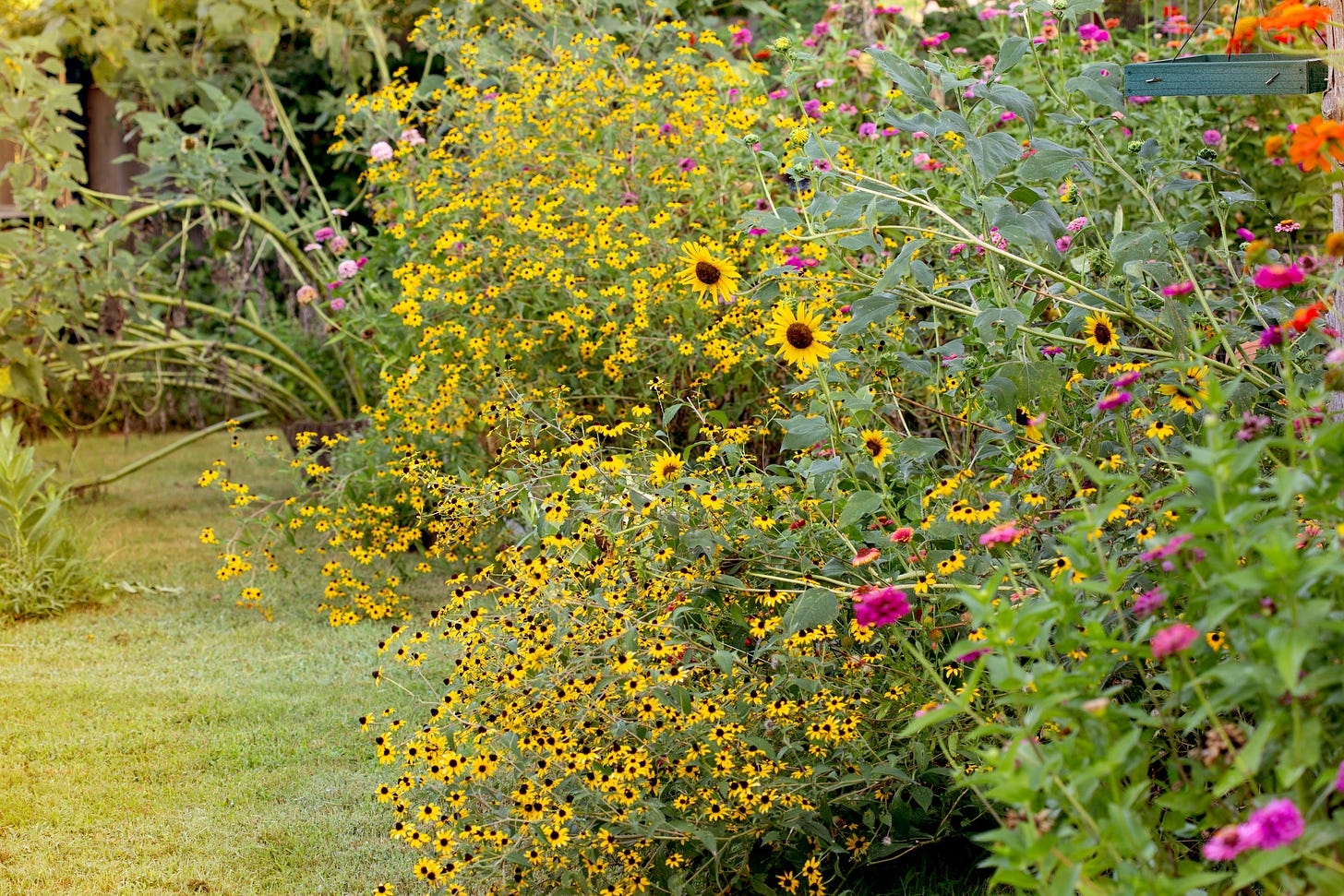

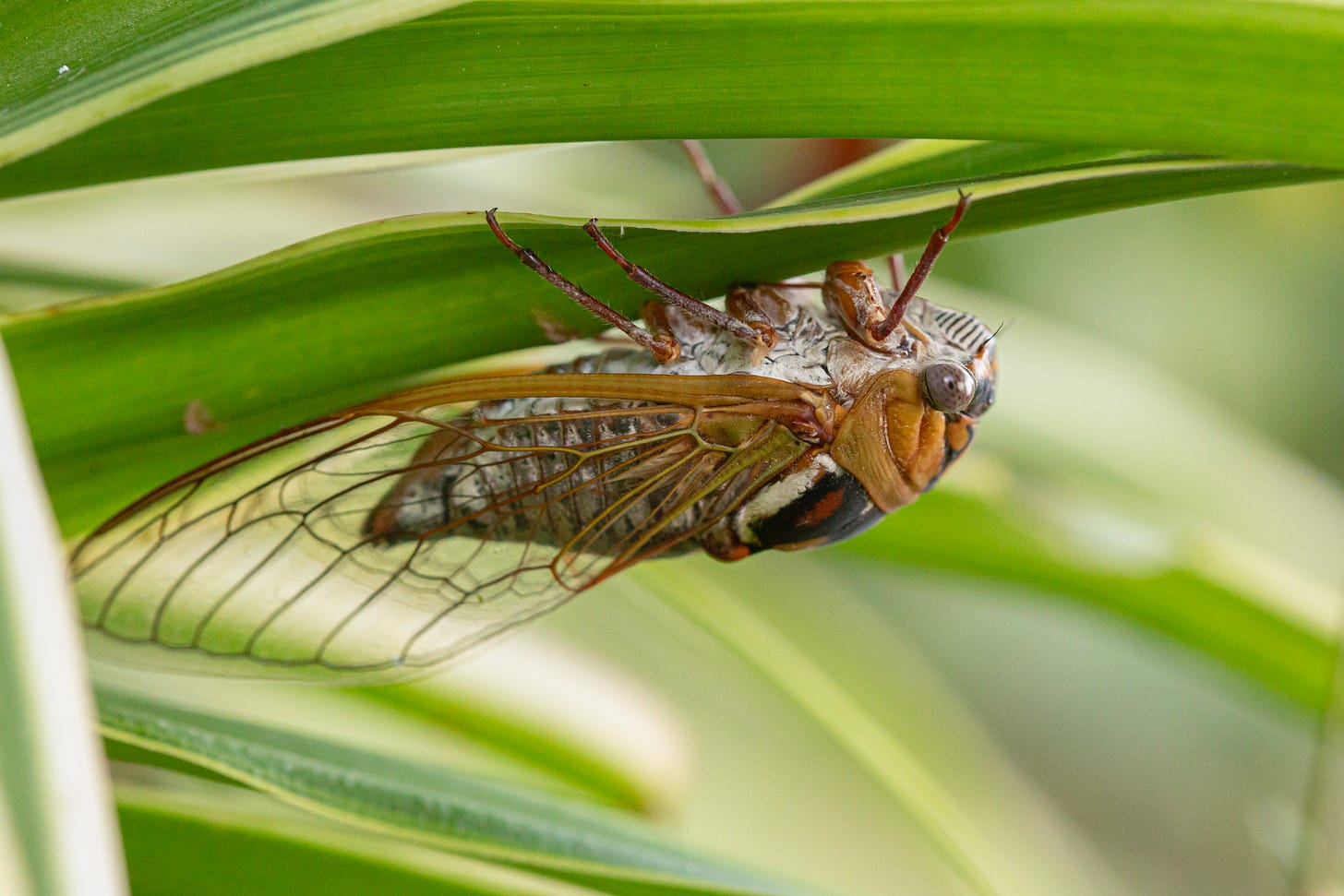
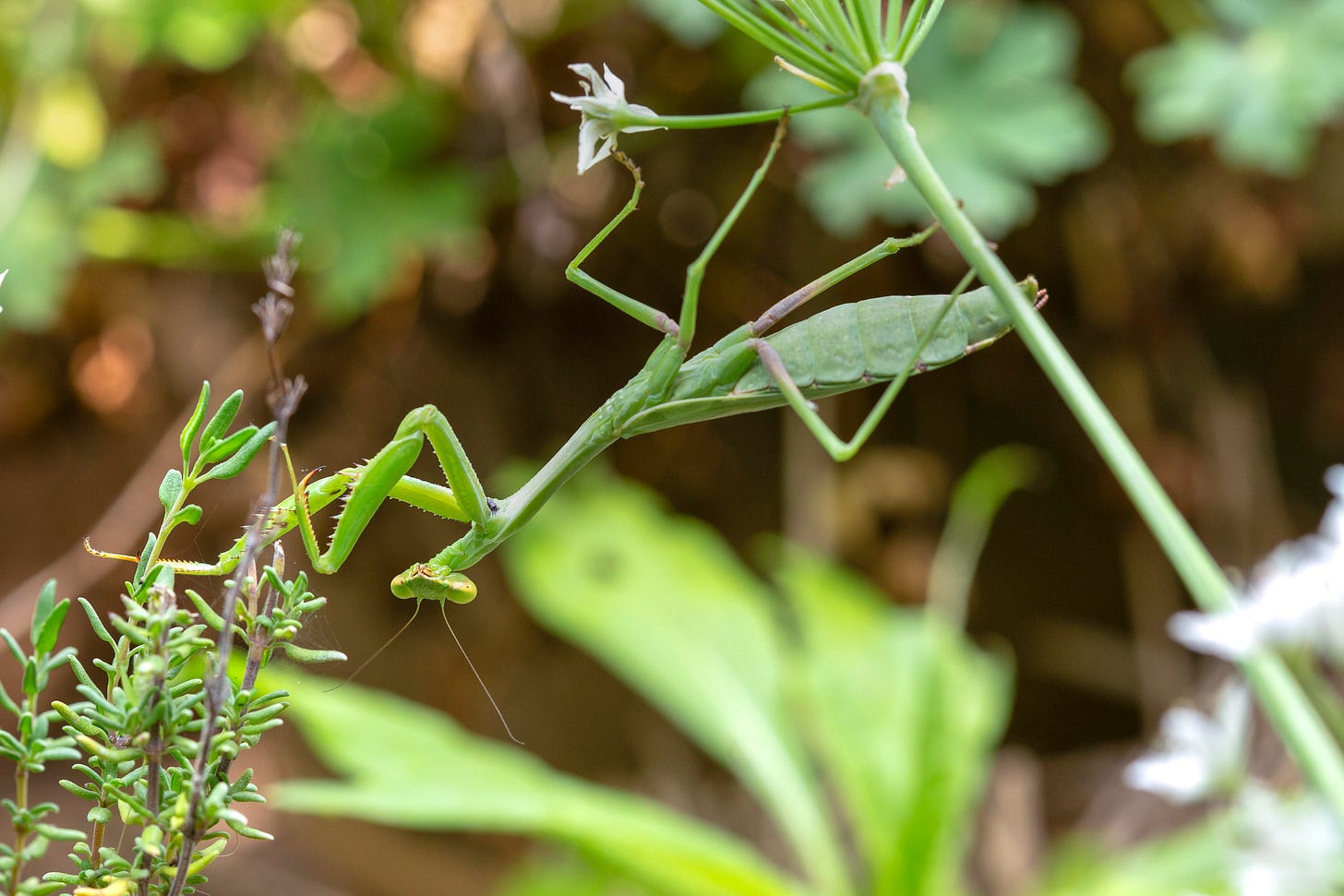
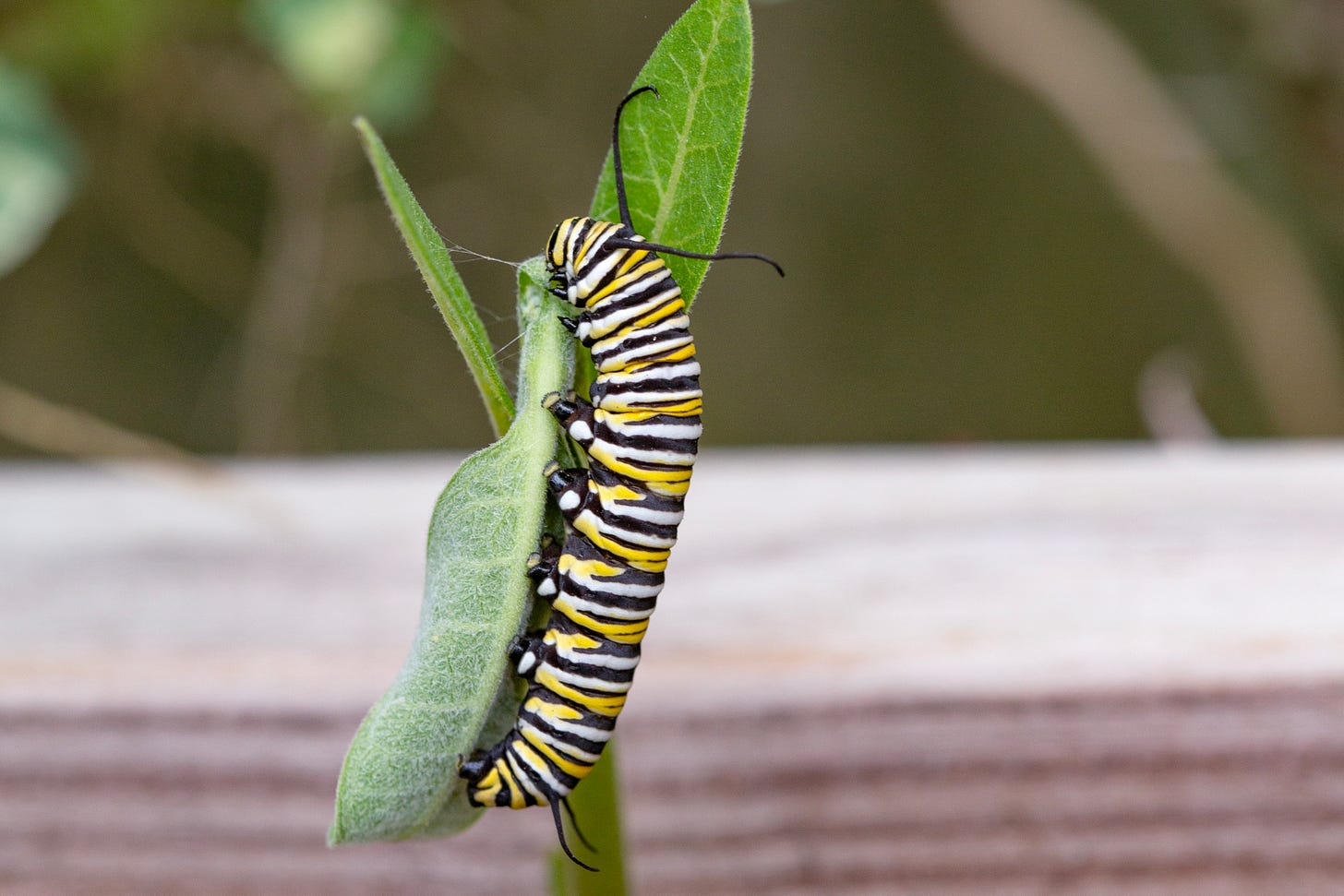
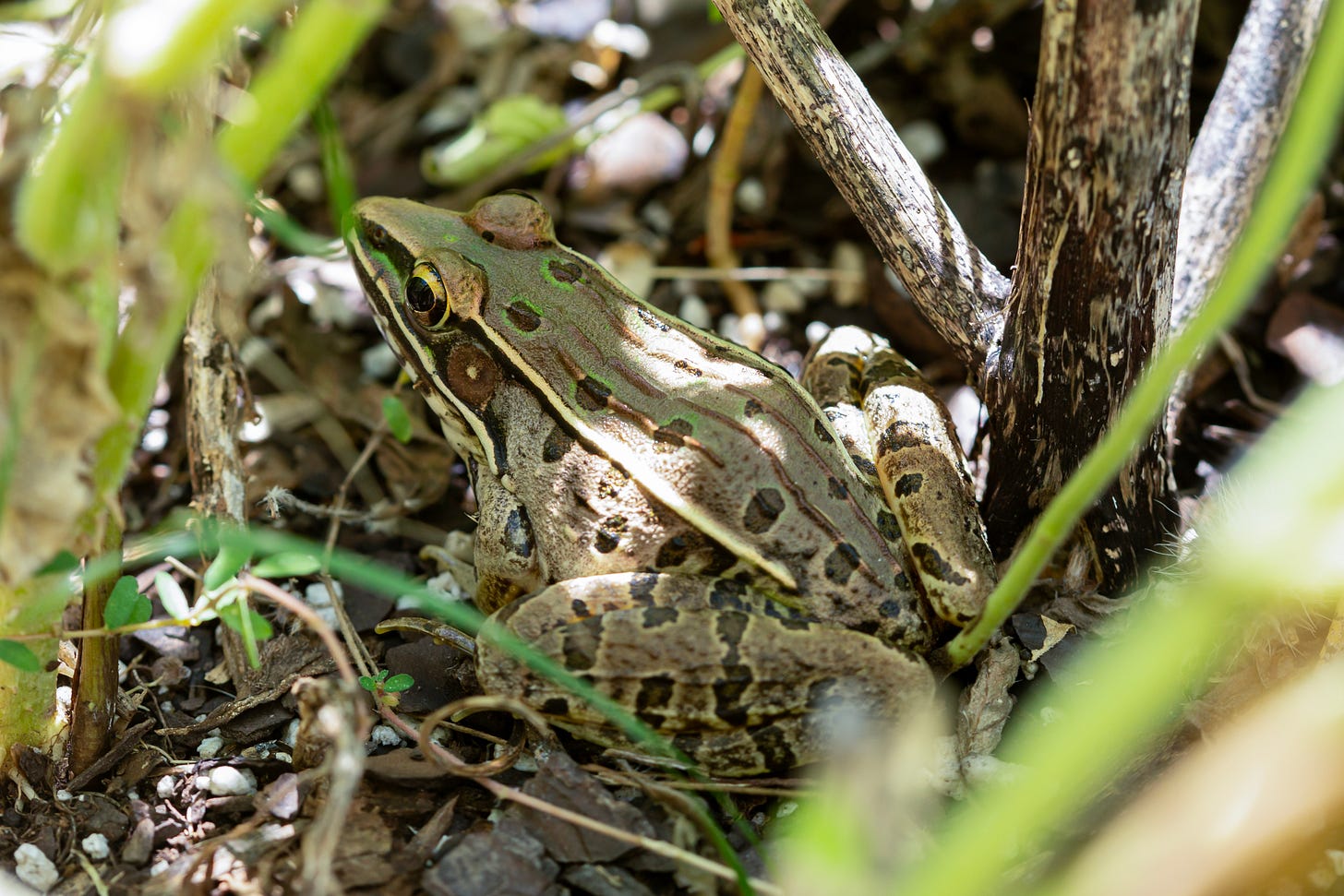
Wow you have so much wildlife in your garden. It sounds like a beautiful haven.